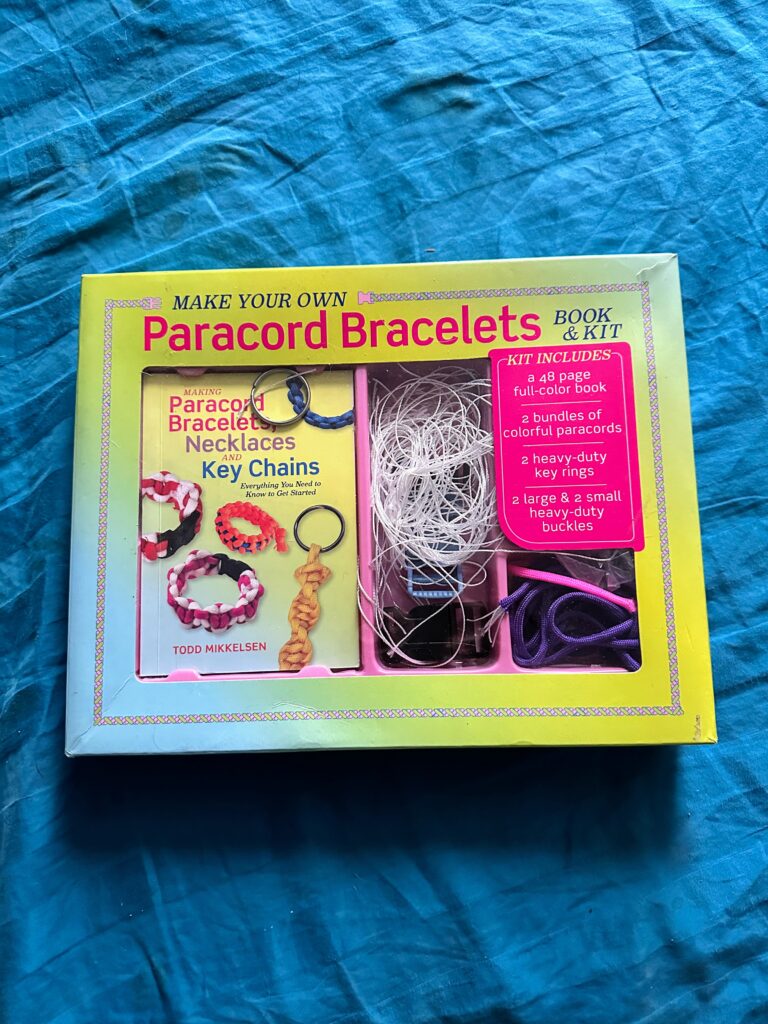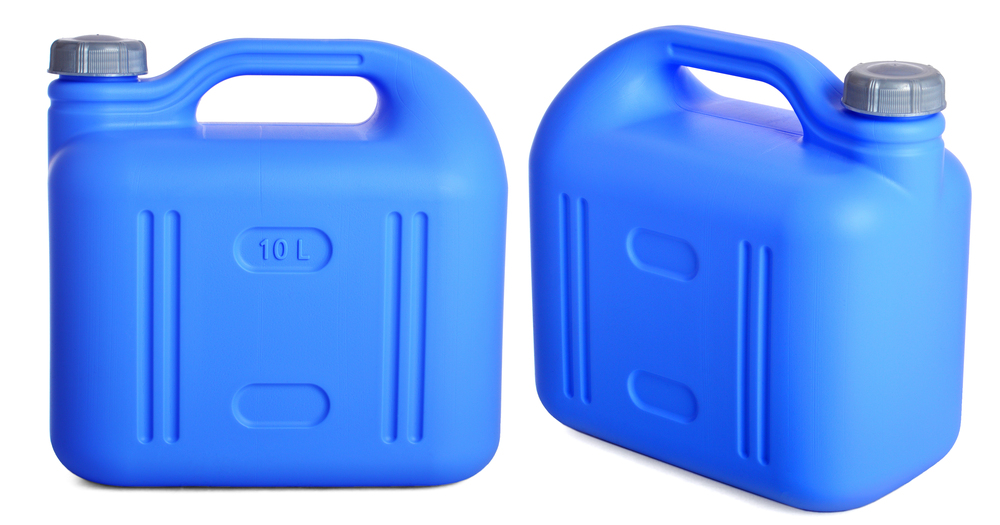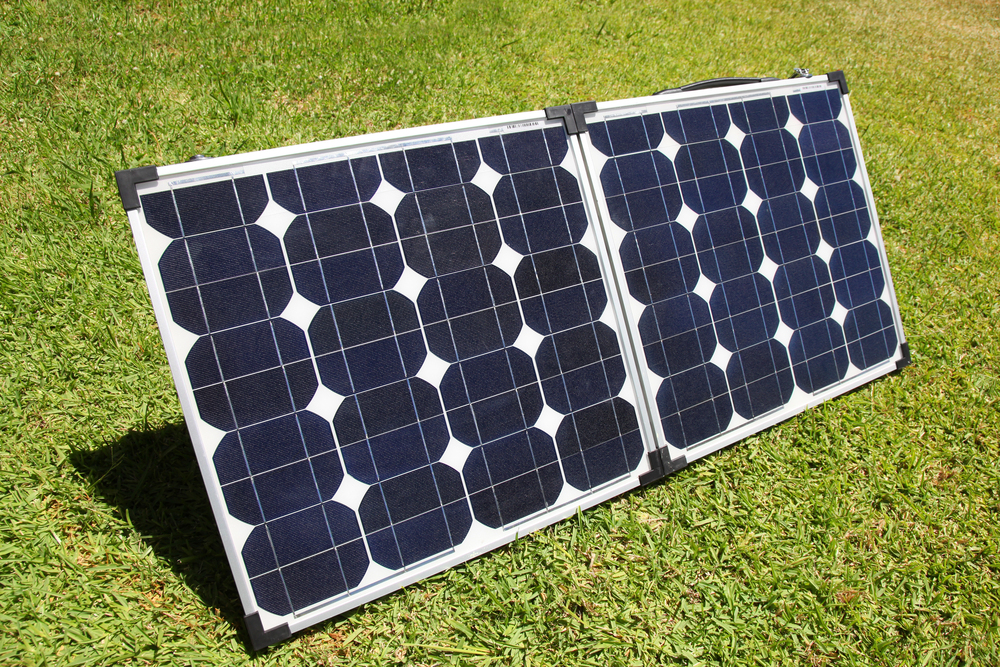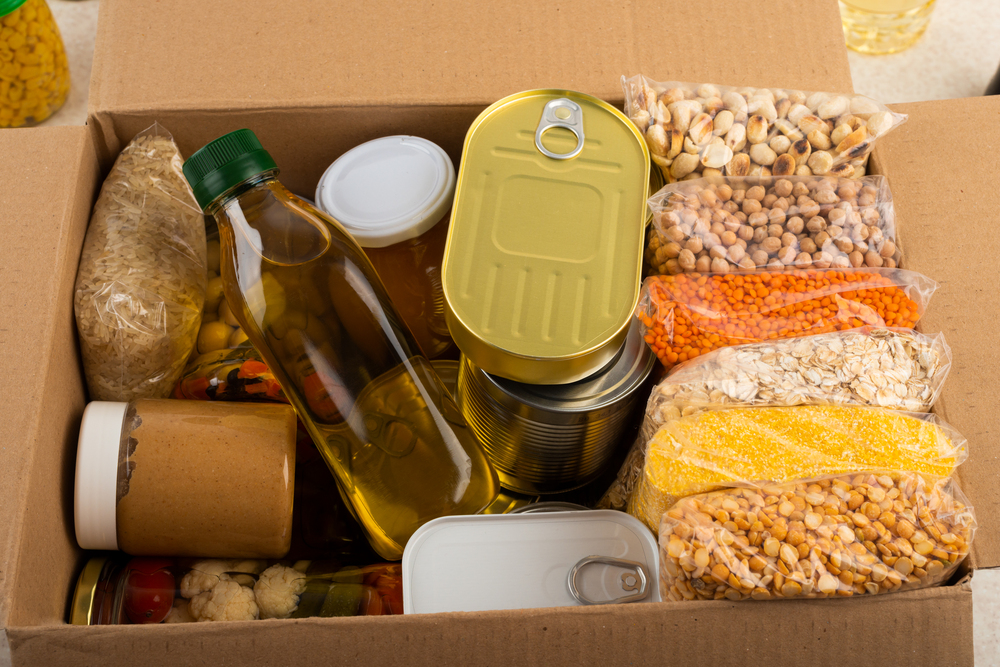Teaching your kids to prepare for whatever disaster may come their way is serious business, but that doesn’t mean you – and they – can’t have fun with it. In fact, they’ll retain a lot more, and be a lot more inclined to want to participate in the prepping process, if they’re enjoying themselves while they’re learning.
Most of the prepping skills to teach your kids can be approached as either craft projects or exciting adventures. That makes prepping fun rather than scary.
It’s up to you how you discuss how they could use these skills in a real-life situation. With my children, I talk about times when we’ve had really bad storms and have lost power for days, and remind them of the time when it rained and we were stranded at church because the roads were flooded, and how sometimes if you go for a walk in the woods, you might get lost. I explain to them how it’s important to prepare for situations like this -when we were stuck at church, we had our car emergency bag with us. The church had food, fortunately, but so did we, and we had some fun books and activities with us at well.
Then, with each activity that I do with them, I talk about how what we’re doing or making could be helpful in an emergency.
How To Make Learning To Prep Fun
/
Here is a list of specific activities that your kids are sure to enjoy, while also brushing up on their survival skills:
- Making paracord bracelets. Bracelet making is a staple of summer camp crafts for a reason; because it’s fun. How does paracord help you survive? So many ways. First of all, paracord is made of nylon cord that is mold and mildew resistant, so it won’t rot like regular rope, which means it will last and be reliable. When unraveled, that fun, stylish bracelet will end up being 7 to 10 feet long. “550 paracord” can hold up to 550 pounds of weight. There are so many uses for paracord rope! It can be used to make a tent by draping a tarp or space blanket over it. It can be used to unravel into a fishing line. It can be used to hang your bag of food supplies up off the ground, draping from a tree branch, so wild animals can’t get to it. You can use your paracord rope to mark a trail by tying pieces of it around branches. You can use it to build a snare trap.
- Making soap. In a long term SHTF scenario, with no hospitals or doctors available, it will be vitally important to prevent infection and reduce the risk of food poisoning by washing hands frequently, and by washing out and disinfecting any wounds immediately. You may eventually run out of soap, and have to make your own. You can turn soap-making into a fun activity by buying fun soap-molds in kid-friendly shapes, and by using natural vegetable dyes to make the soap into fun colors.

- Making candles. In a SHTF scenario, you may not have electricity, or you may want to conserve lightbulbs, or you may just run out of lightbulbs altogether. You will absolutely want to teach your kids about fire safety first, starting young, and emphasizing it regularly as they get older. Then, teach them how to make candles. You will want to start saving up your old candles, because you can melt the wax and make them into new candles, which is fun for kids. You can even use old Crayola candles to make part of the candles, although you will have to add in some regular wax.

- Building an outdoor shelter. Kids love to make forts and shelters. Bring it outside and teach them some basic principles of shelter building. Use some paracord and a space blanket to make a little tent. Use sticks to build a teepee. Teach them to make a bed of leaves and pine needles for their tent, because sleeping on the cold, hard ground will leach the heat from your body and will put you at risk of hypothermia.
- Grilling food. In an SHTF scenario, this may be the only method you have to cook food. Include them in the family grilling. Make it fun. Start with toasting marshmallows. Teach them how to safely light a grill, with adult supervision, and remembering all of your fire safety and grill safety lessons. Show them how to build their own barbecue stick. If you hunt, show them how to cook that meat on the grill.

- Building a campfire. I’ll repeat my caution about learning and teaching fire safety. Have your children clear the entire area of combustible materials. Create a fire ring of rocks around the fire. Dig a small hole for the campfire, to better contain it. Consider current drought conditions and check local laws and regulations. Obviously, in a long-term SHTF situation, where you’re living in a society without WROL, you won’t have to worry about that, but ideally you’ll have a lot of practice building campfires before then and as long as laws are still in place, you don’t want to run afoul of local law enforcement.
- Outdoor wildcraft. Most kids are fascinated by animals. Teach them to recognize different animal tracks, signs of wildlife – like beaver marks on wood – and different types of animal scat. A lot of wildlife centers have labelled collections of animal scat. If you’re a parent, you already know that most kids think poop is hilarious. They will love this activity.
- Swimming and canoeing. You are doing your child a favor if you make sure that they are a strong swimmer.
- Fishing, and cleaning and gutting your catch. Fishing is not just a great bonding activity for families, it’s a way to ensure that you have a healthy supply of protein if going to the store is not an option. Fishing is also much quieter than hunting; in an SHTF scenario, it may be important to lay low and not alert hungry hordes to your presence.
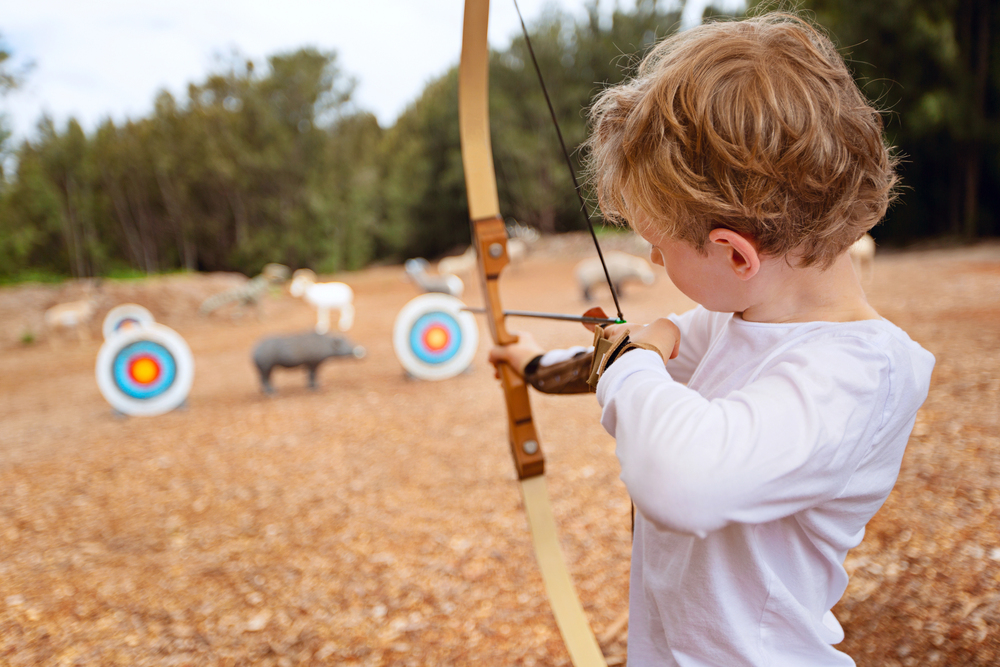
- Archery. It’s fun, and it’s also excellent for hunting and self-defense if ammo runs low or runs out. Again, it’s also quieter than firing a gun.
These are just some of the essential prepping skills to teach your kids. Some others include basic sewing, knitting, making your own yarn, raising livestock, basic engine repair, baking, canning, dehydrating, and emergency first aid. And again, if you approach it with the right attitude, your kids can see it as a fun family activity rather than scary, or a chore.

